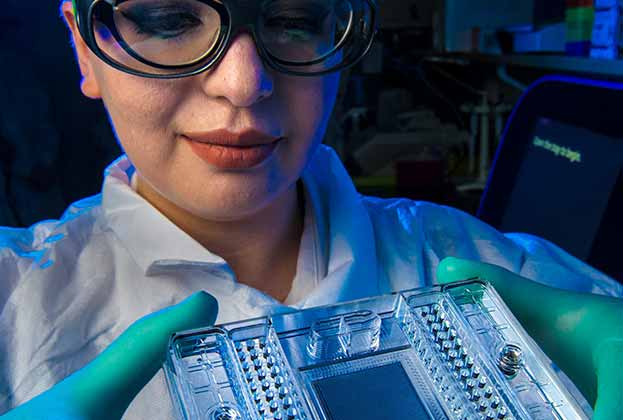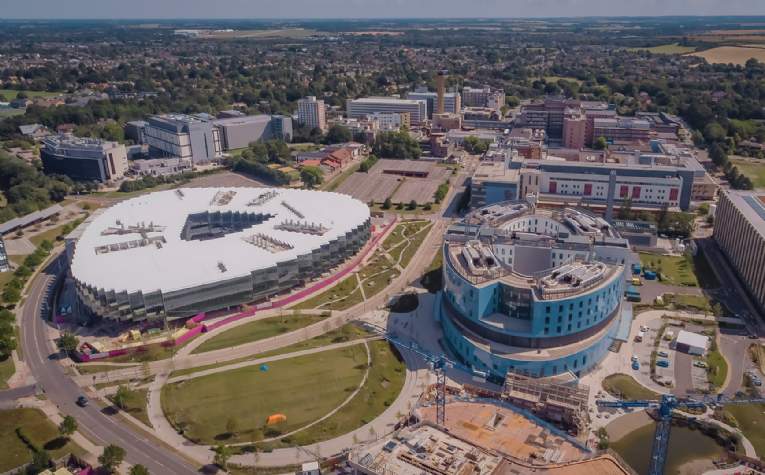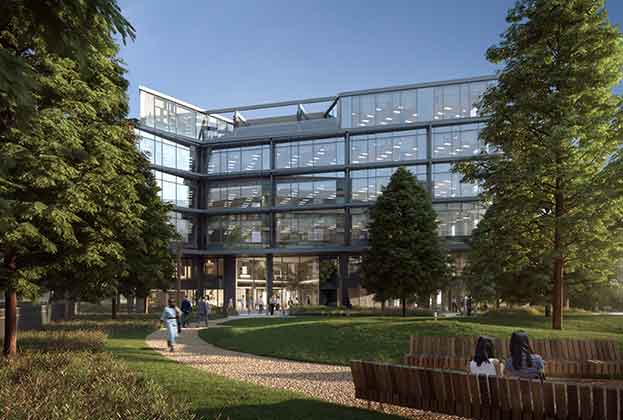One of the primary drivers for life science business growth is venture capital (VC) funding, and the stronger the ‘triple helix’ of academia, industry and government, the more likely a location is to attract further capital – and grow. This has a significant impact on real estate as Savills forecasts that every €1 billion of VC funding raised creates a demand of 46,000 sq m of office or lab space within 12-18 months.
With some of the oldest universities in the world, and as one of the first countries in continental Europe to introduce English-taught courses, the Netherlands has started to get a lot of attention for its highly ranked, prestigious medical, engineering, and business schools.
The University of Amsterdam, Utrecht University and Wageningen University & Research all rank among the top 70 universities in the world, according to the Times Higher Education ranking 2022. The Randstad, the cluster of the four largest Dutch cities of Amsterdam, Rotterdam, The Hague and Utrecht, is particularly attractive to investors given that the short distance between the individual cities makes it feel more like one single cluster. It’s no surprise that the country has seen a significant increase in life science VC investment with a Compound Annual Growth Rate (CAGR) of 43.43 per cent over the last five years.
Just to the south, France is one of continental Europe’s major life science hubs, with a particularly strong triple helix. In 2021, the country recorded €1.05 billion of VC investment into life science companies, ranking it second in Europe only behind the UK. France is also on an upwards trajectory, having recorded a CAGR of circa 36 per cent in the period 2017 to 2021.
The University of Paris-Saclay is one of the most important life science clusters in the country. It hosts two universities, 65,000 students (1,300 PhD students per year), 275 laboratories, has earned Nobel Prize and Field awards, and is responsible for 15 per cent of France’s national research potential. According to the Shanghai Rankings, it’s the best-ranked university for mathematics globally and is Europe’s most renowned university for public research.
It has been a heavily funded government initiative, benefitting from circa €3 billion of investment. The innovation cluster is currently undergoing an 872,000 sq m redevelopment. From an R&D perspective, 40 per cent of both Greater Paris’s public research and private high-tech R&D originates from Saclay.
Furthermore, the highly skilled talent pool and tender processes have encouraged large international corporations to install research facilities and launch multiple innovation and technology hubs, as well as laboratories.
The cluster’s primary functions focus on life sciences, healthcare, quantum computing and food-tech. While it serves as a home to many major corporations, it also acts as a catalyst for start-up or ‘spin-out’ organisations. On average 100-150 start-ups are founded on the campus each year with circa 40 per cent in the life sciences sector. The campus’s unique selling point is that it aims to nurture these start-ups and provide them with scalable space and infrastructure to harness their growth.
So whether a country wants to follow the Dutch model of boosting universities or the French model of investing in clusters, both provide great reference points for those who want to increase their national life science industry.
Further information
Contact George Coleman or Mike Barnes


.jpg)

.jpg)
.jpg)


.jpg)

